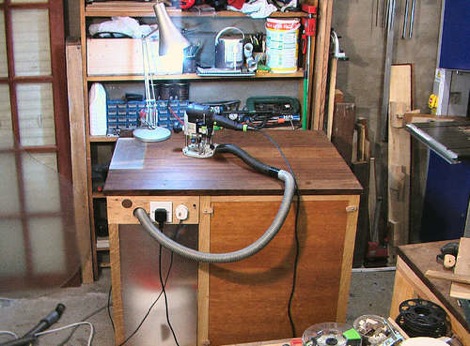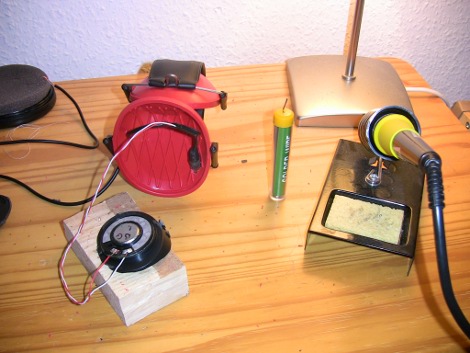
As with many of the projects covered on hackaday, [bongodrummer]’s Dust Sniper came about because of a lack of effective commercial solutions, in this case to the problem of quiet dust extraction.
Workshops are generally full of dust and noise, both of which take their toll on the human body. This is why safety regulations exist for noisy and dusty workplaces and–as [bongodrummer] rightly points out–we have to take precautions in our own home and community workshops. Hearing protectors, dust masks and safety goggles are integral, but reducing the amount of dust and noise in the fist place is paramount.
Using mostly scavenged materials [bongodrummer] did a quality job building the Dust Sniper–and all for a bill of materials totaling £20. It has an integrated work surface, automatic switches on 2 vacuum lines to sync up with power tools, a cyclonic air filter that prevents clogging the HEPA filter and reducing suction power, inlet and outlet soundproofing, and a plain old power outlet for good measure.
Whether or not you’re interested in building an integrated workbench/extractor system like this one, we recommend you check out the details of the cyclone filter and the sound reducing components. Not only are they an interesting read, but they could be useful to apply in other projects, for example a soldering station with fume hood.
We think it would be really neat to include more cyclones in our projects. Stick around after the break to see [bongodrummer]’s prototype cyclone filter in action.
Continue reading “Quiet Dust Extractor From Scavenged Materials”












